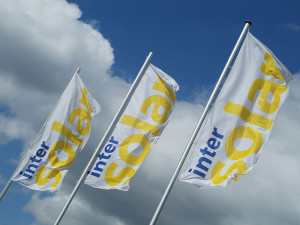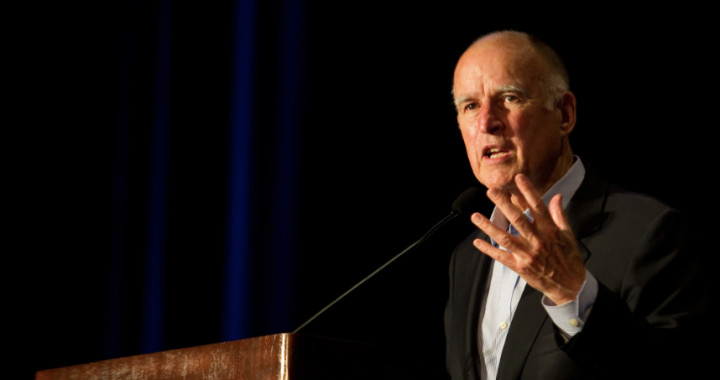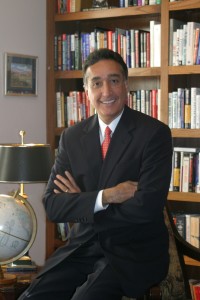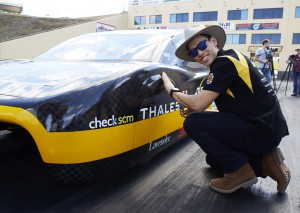 SAN FRANCISCO, June 09, 2014 – Intersolar North America, the most well attended industry exhibition and conference in North America for solar professionals to exchange information and develop business opportunities, announced today it has formed a new, long-term agreement with valued partner California Solar Energy Industries Association (CALSEIA). Together, the partners will work to strengthen supportive solar policies in California, and further the state’s solar market through joint campaigns and programs.
SAN FRANCISCO, June 09, 2014 – Intersolar North America, the most well attended industry exhibition and conference in North America for solar professionals to exchange information and develop business opportunities, announced today it has formed a new, long-term agreement with valued partner California Solar Energy Industries Association (CALSEIA). Together, the partners will work to strengthen supportive solar policies in California, and further the state’s solar market through joint campaigns and programs.
Intersolar North America is celebrating its seventh year as the premier venue for the solar business in California and the entire United States. The success of the exhibition and conference can be attributed, in part, to the high quality programs developed by Intersolar and its industry partners. CALSEIA’s expertise, as one of the nation’s oldest solar energy associations located in the heart of the largest solar U.S. market, has played a critical role. With more than 4.1 GW, California ranks first in the country in installed solar capacity, and is home to more than 1,670 solar companies, employing 43,700 solar professionals. “Intersolar North America is California’s premier solar conference and trade show,” said Bernadette Del Chiaro, executive director of CALSEIA, “it is an excellent opportunity to stay abreast of market developments and trends while making important business connections and networking. From the workshops to the networking events, Intersolar North America is the place to be for the U.S. solar industry.”
“Intersolar supports the North American solar industry yesterday, today and tomorrow,” said Markus Elsässer, CEO of Solar Promotion International GmbH, an organizer of Intersolar North America. “We began our event in California with the primary goal of providing the U.S. solar industry with an exhibition platform that would further the market by bringing together key national and international players, and showcase the latest products and technology innovations. We developed educational workshops, conference sessions and networking events to connect industry advocates. Our commitment to hosting Intersolar North America in the U.S.’s largest solar market, and our continued collaboration with CALSEIA and co-organizer SEMI speaks to that mission.”
Intersolar and CALSEIA have historically collaborated on portions of the Intersolar North America conference agenda, special exhibition programs and networking events, including the popular Solar Summerfest. Solar Summerfest, hosted by CALSEIA and Intersolar, is the premiere networking event for approximately 2,000 attendees that include Intersolar North America exhibitors, visitors and conference attendees. Intersolar proudly supports the Solar Summerfest, a 100 percent fundraiser benefiting CALSEIA’s activities to strengthen the Californian solar industry. Tickets for the Solar Summerfest are available for purchase online. Intersolar runs July 8-10 in San Francisco.






